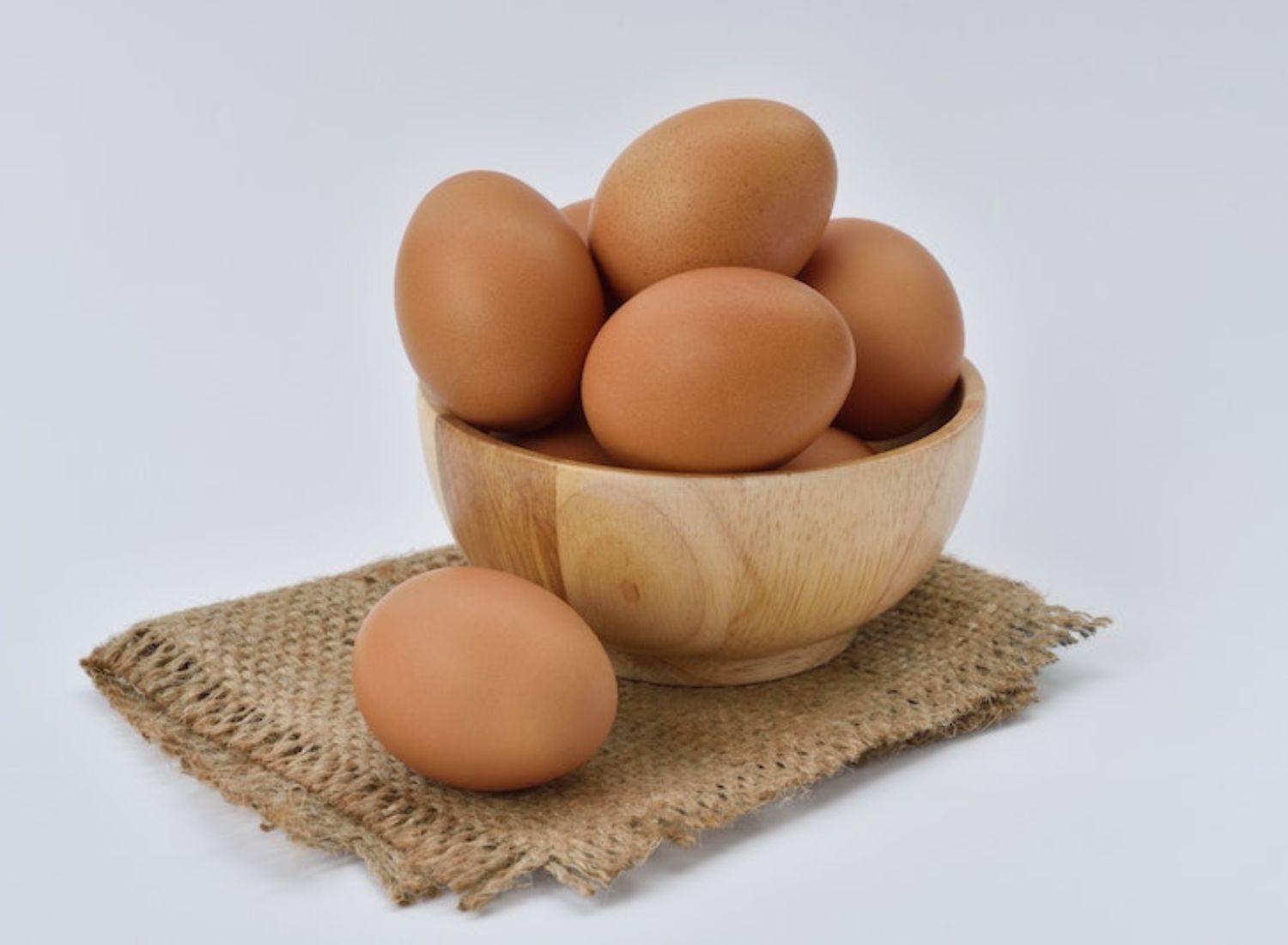5 Simple Ways to Increase Daily Protein Intake

When people think of protein, they usually think of the macronutrient responsible for building muscle. However, protein does much more than that.
For instance, it keeps you satisfied throughout the day leaving less room for munching on foods that are high in fat.
Do you notice that when you eat a bag of chips versus having a sandwich with grilled chicken and lettuce, you feel more satisfied? Protein reduces the hunger hormone responsible for turning off your hunger button—all of which help in maintaining your energy levels throughout the day.
How Does Protein Help Regulate
Carbohydrates are very easy for the body to digest, requiring little energy for your body to process. Protein on the other hand helps to boost your metabolism.
Compared to the other macronutrients, protein requires the body to work harder to digest, causing an increase in your metabolic rate. This increase in metabolic rate helps to burn fat leaving you with the ability to build and preserve lean body mass.
Protein also helps to maintain your weight loss efforts. As a matter of fact, a study showed that increasing protein intake to 30% helped weight loss efforts by as much as 10-12 pounds within 12 weeks. That was on participants who weren’t even trying to diet for weight loss.
Finally, protein is part of the very structure of our skin, bones, and hair. Amino acids which are the smaller molecules of protein help to repair injuries and strengthen all the connective tissue within the human body.
How to Eat More Protein Every Day?

When asking yourself the question of how you want to add more protein into your day it can be as simple as having a snack on hand or doubling up your protein favorites at mealtime.
As a general rule of thumb according to the Recommended Dietary Allowance (RDA) protein intake should be around 0.8 g/kg or 0.36 g/lb of your body weight.
Have Hard Boiled Eggs on Hand
There is so much that you can do with a hardboiled egg. You can make an egg salad sandwich, slice an egg on top of avocado toast, or simply eat it by itself with a dash of salt.
Not only does a large egg have 6g of protein but it has also been tied to help slow down memory decline and improve cognitive function.
Keep a Trail Mix at the Ready
A tried and true favorite is making your own trail mix. An idea that is great for the whole family whether a snack in someone’s lunch box or part of an emergency kit when on the road to keep the hunger pangs away.
In a ¼ cup of mixed nuts, you will get 7g of protein. To add some variety to this mix you can include pretzel sticks, Chex cereal, and even cacao nibs!
It’s usually a great idea to make a large batch of the mix so that you can portion it out in small snack baggies throughout the week.
Eat High Protein Snacks/Treats

When on the go, or looking to have a protein-rich dessert, opt for a high-protein treat like the chocolate chip protein cookie from Naked Nutrition.
It contains 10g of protein and can certainly be an item that you carry with you on your person or on a hike in the mountains.
If you’re just looking for a sweet treat after dinner, you can heat the cookie in the microwave and chop it up with some ground cinnamon. Yum!
Swap out Regular Yogurt for Nonfat Greek or Icelandic Skyr
On average regular yogurt has 6g of protein, Greek yogurt has 16g of protein and Icelandic Skyr has 17g of protein in a 5.3-ounce (150g) serving.
Depending on your preference you can always reduce thickness by adding some milk or your favorite dairy alternative.
Add Nutritional Yeast to your Favorite Dishes
Ever wonder how to make your baked side dishes or the breading mixture on top of your favorite proteins more flavorful? Nutritional yeast has a savory flavor that tastes a little like cheese.
In just one tablespoon you get about 8g of protein. This is easy to sprinkle, bake or even saute with as part of your crusts in your favorite dish.
The Final Verdict
To ensure you’re getting enough protein in your day you can use the MyPlate method making about a quarter of your plate a lean protein at every meal. Another rule of thumb is to aim for 25-30 g of protein at breakfast, lunch, and dinner.
If you’re looking to increase muscle mass, lose weight or improve your metabolism ensure you’re getting in enough protein in your day.



